Baby hair texture is a common concern among new parents. Many wonder when their baby’s hair will change and what factors may influence the texture.
Understanding baby hair growth and the stages of development can help parents know what to expect and how to care for their baby’s hair.
During the first few months of life, babies typically have fine, soft hair that may be sparse or even absent in some areas. This hair is known as lanugo and is usually shed by the end of the first trimester.
As the baby grows, new hair begins to grow in its place. This hair is typically thicker and coarser than lanugo and may have a different texture than the baby’s original hair.
Understanding these stages of baby hair growth can help parents anticipate changes in their baby’s hair texture and appearance.
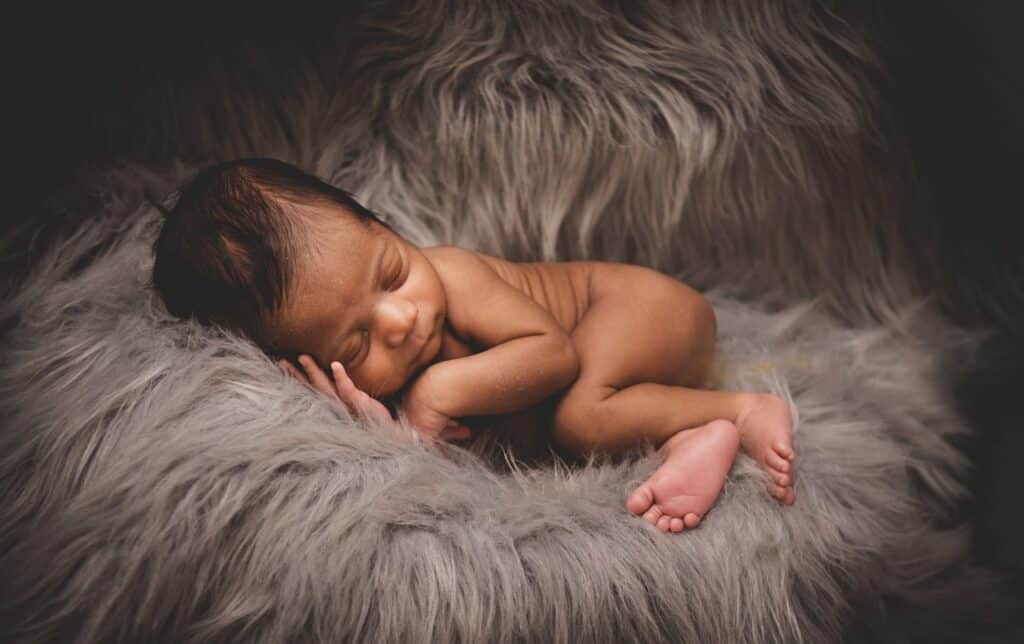
Key Takeaways
- Understanding the stages of baby hair growth can help parents anticipate changes in their baby’s hair texture and appearance.
- Factors such as genetics, hormones, and environmental influences can all play a role in baby hair texture changes.
- Proper baby hair care, including gentle cleansing and avoiding tight hairstyles and accessories, can help promote healthy hair growth.
1. Understanding Baby Hair
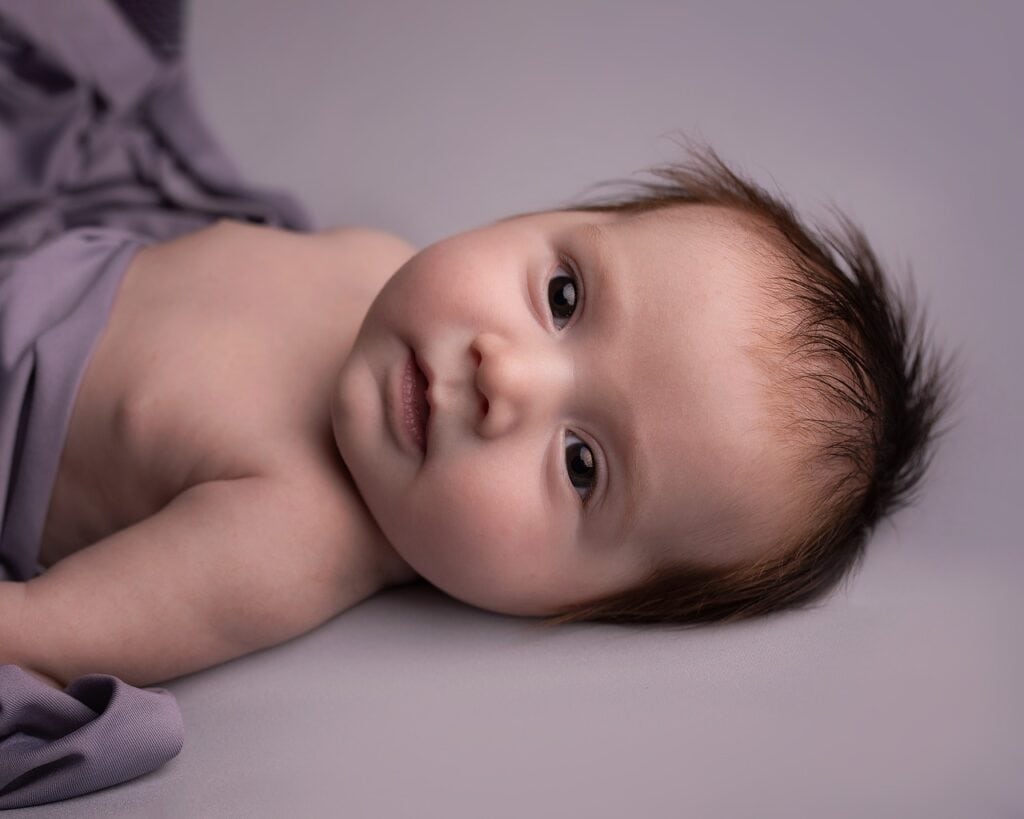
Newborns often have a head full of soft, fine hair called lanugo. Lanugo hair is the first hair that grows on a baby’s scalp and body and is typically shed before birth.
After birth, babies may have vellus hair, also known as “peach fuzz,” covering their scalp.
As babies grow, their hair follicles produce more keratin, which helps to strengthen and thicken the hair shaft. Over time, vellus hair may be replaced by thicker, more pigmented hair, leading to changes in hair texture.
The texture of a baby’s hair can vary depending on genetics and other factors. Some babies may have curly hair, while others have straight hair.
In general, a baby’s hair texture is determined by the shape of the hair follicle and the amount of curl in the hair shaft.
It’s important to note that hair growth and texture can be affected by a variety of factors, including nutrition, hormone levels, and hair care practices. While some babies may experience changes in hair texture as they grow, others may have the same hair texture throughout their childhood and into adulthood.
Overall, understanding the basics of baby hair growth and texture can help parents better care for their child’s hair and scalp. By providing proper nutrition, gentle cleansing, and regular hair care, parents can help their baby’s hair grow strong and healthy.
2. Stages of Baby Hair Growth
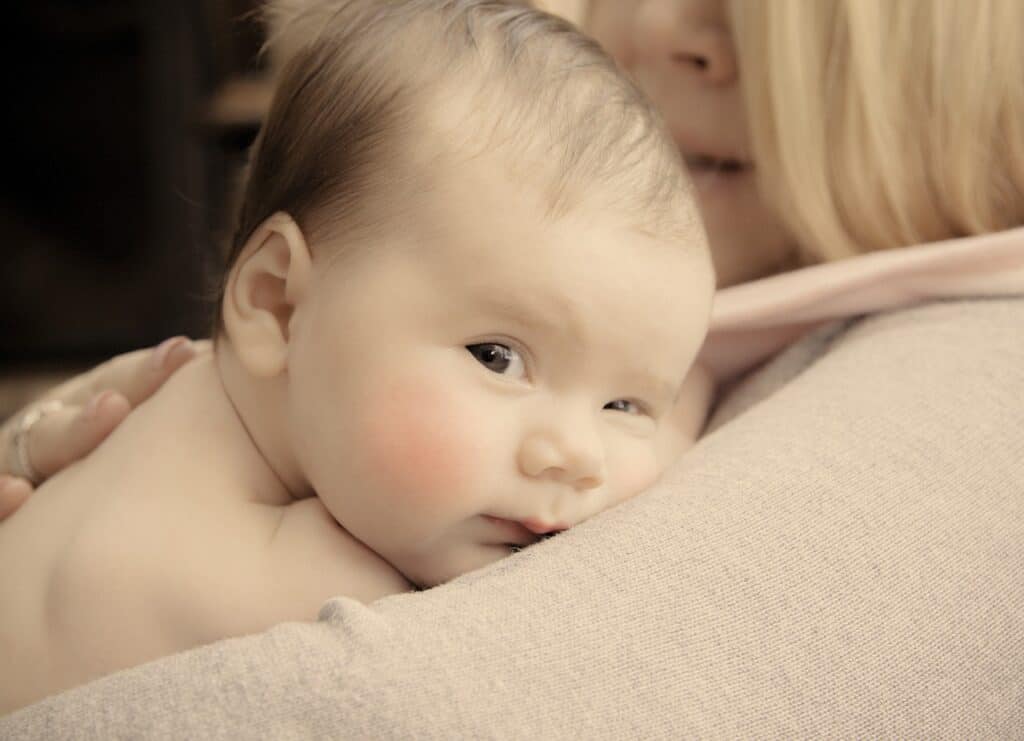
Babies are born with a head full of hair, but the texture and thickness of their hair change over time. The stages of baby hair growth can be categorized into three phases: anagen, catagen, and telogen.
Anagen Phase
The anagen phase is the active growth phase of the hair follicles. During this phase, the hair grows rapidly, and the hair follicles are nourished by blood vessels. The anagen phase lasts for about two to six years in adults, but it is shorter in babies.
In newborns, the anagen phase lasts for only a few months, during which their hair grows about 1 cm per month.
Catagen Phase
The catagen phase is a transitional phase that follows the anagen phase. During this phase, the hair follicles shrink, and the hair stops growing. The catagen phase lasts for about two to three weeks.
Telogen Phase
The telogen phase is the resting phase of the hair follicles. During this phase, the hair follicles are inactive, and the hair remains in the scalp.
The telogen phase lasts for about three to four months in adults, but it is longer in babies. In newborns, the telogen phase can last up to two years, during which their hair remains in the scalp without growing.
Baby Hair Growth Stages
The texture and thickness of baby hair change over time as they go through the three phases of hair growth. At birth, babies have fine, soft, and downy hair called lanugo. Lanugo is usually shed within the first few weeks of life and replaced by vellus hair, which is also fine and soft.
Around three to six months of age, babies start to grow terminal hair, which is thicker, coarser, and darker than vellus hair. Terminal hair is the hair that grows on the scalp, eyebrows, and eyelashes.
The anagen phase of terminal hair in babies lasts for about six months, during which the hair grows rapidly.
Between six to twelve months of age, babies enter the catagen phase, during which their hair stops growing. At this stage, some babies may experience hair loss, which is a normal part of the hair growth cycle. Hair loss in babies is usually temporary, and the hair will grow back.
Between one to two years of age, babies enter the telogen phase, during which their hair remains in the scalp without growing. At this stage, some babies may have a patchy or uneven hair growth pattern, which is also a normal part of the hair growth cycle.
In conclusion, the stages of baby hair growth can be categorized into three phases: anagen, catagen, and telogen. The texture and thickness of baby hair change over time as they go through these phases.
Understanding the stages of baby hair growth can help parents know what to expect and when to seek medical attention if necessary.
3. Hair Texture Changes
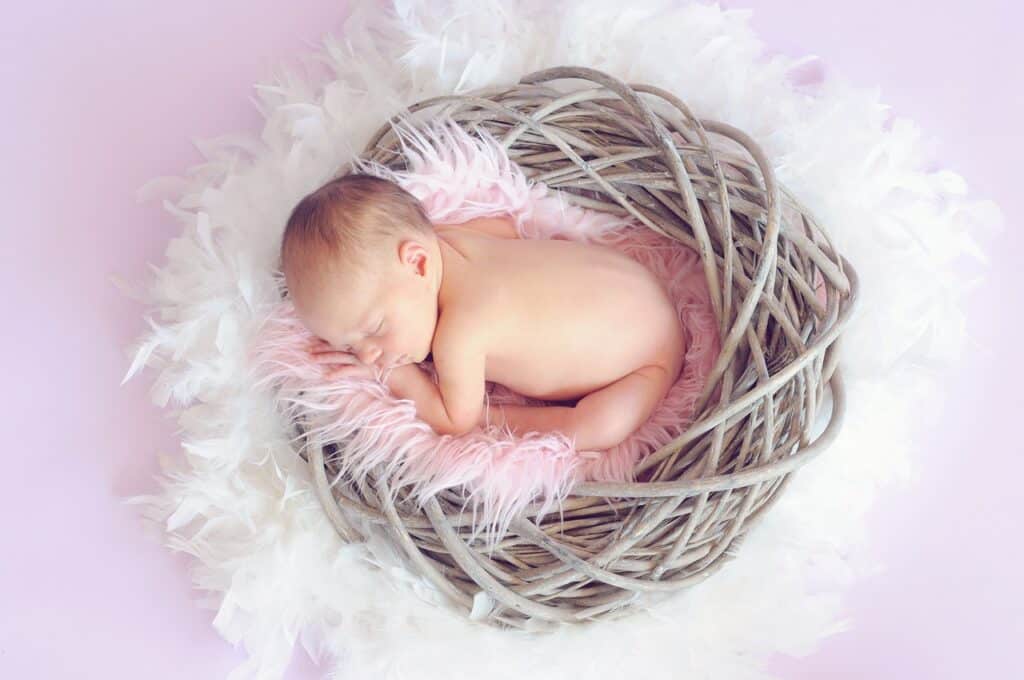
Hair texture changes are a natural part of a baby’s growth and development. The texture of a baby’s hair can change in several ways, including becoming curlier, straighter, or wavier.
Hair texture changes can also occur due to changes in hair color.
Babies are often born with soft, fine hair that may be straight or have a slight wave to it. As they grow and develop, their hair texture may change.
Some babies’ hair becomes curlier, while others’ hair becomes straighter. This change in hair texture is often due to genetics and can be influenced by factors such as ethnicity and family history.
Hair texture changes can also occur due to changes in hair color. For example, some babies are born with dark hair that lightens over time, while others are born with light hair that darkens as they grow.
The texture of a baby’s hair may change as their hair color changes.
It is important to note that hair texture changes are a natural part of a baby’s development and are not a cause for concern. However, if a baby’s hair texture changes suddenly or dramatically, it is important to consult a pediatrician to rule out any underlying medical conditions.
In summary, hair texture changes are a natural part of a baby’s growth and development. The texture of a baby’s hair can change in several ways, including becoming curlier, straighter, or wavier, and can also be influenced by changes in hair color.
If you have concerns about your baby’s hair texture, it is important to consult a pediatrician for guidance.
4. Reasons for Texture Changes
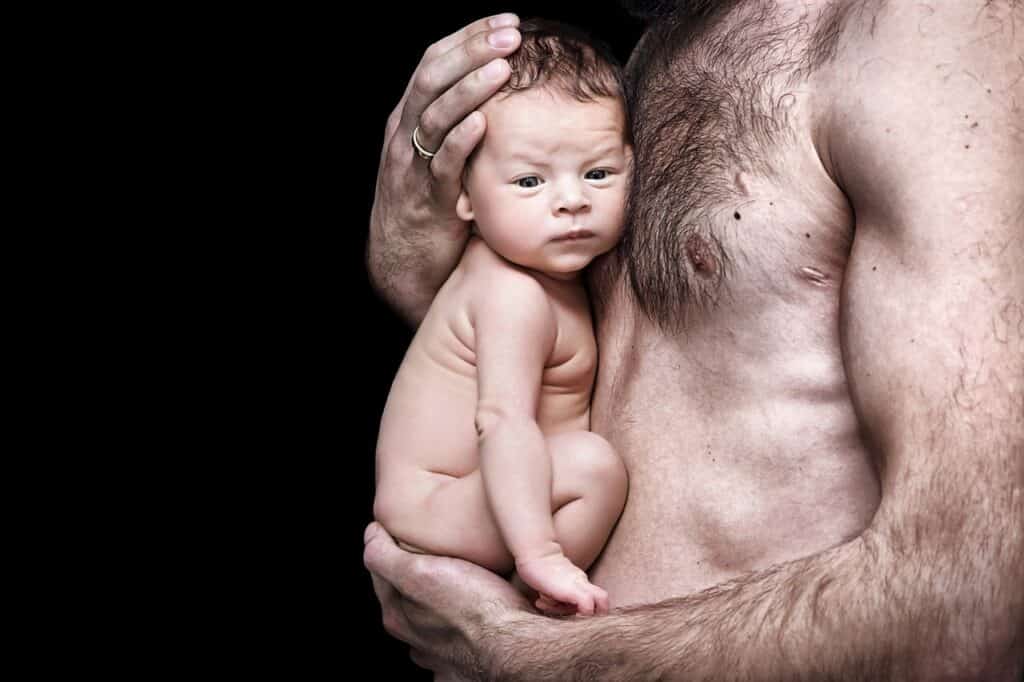
Baby hair texture changes can occur due to various reasons. Some of the most common reasons for texture changes are discussed below.
Genetics
Genetics plays a significant role in determining a baby’s hair texture. The genes passed down from the parents can affect the thickness, color, and curl pattern of the baby’s hair.
If both parents have curly hair, it is more likely that the baby will have curly hair as well.
Pregnancy
During pregnancy, hormonal changes can affect the texture of a woman’s hair. This can also affect the texture of the baby’s hair. Hormonal changes can cause hair to become thicker, thinner, or more curly.
Puberty
Puberty is another time when hair texture can change. Hormonal changes that occur during puberty can cause hair to become thicker and curlier. In some cases, hair may become thinner or straighter.
Diet
Diet can also play a role in hair texture changes. Eating a healthy diet that is rich in vitamins and minerals can promote healthy hair growth and improve the texture of the hair. On the other hand, a diet that is lacking in nutrients can cause hair to become dry and brittle.
Hydration
Hydration is important for healthy hair growth. When the body is dehydrated, the hair can become dry and brittle, which can cause it to break and become damaged. Drinking plenty of water can help to keep the hair hydrated and healthy.
Nutritional Deficiencies
Nutritional deficiencies can also cause changes in hair texture. For example, a deficiency in iron can cause hair to become dry and brittle. A deficiency in vitamin D can cause hair to become thin and weak.
Eating a balanced diet that is rich in vitamins and minerals can help to prevent nutritional deficiencies and keep the hair healthy.
In conclusion, there are various reasons why a baby’s hair texture can change. Genetics, pregnancy, puberty, diet, hydration, and nutritional deficiencies can all play a role in hair texture changes.
By understanding these factors, parents can take steps to promote healthy hair growth and maintain the texture of their baby’s hair.
5. Hair Loss in Babies
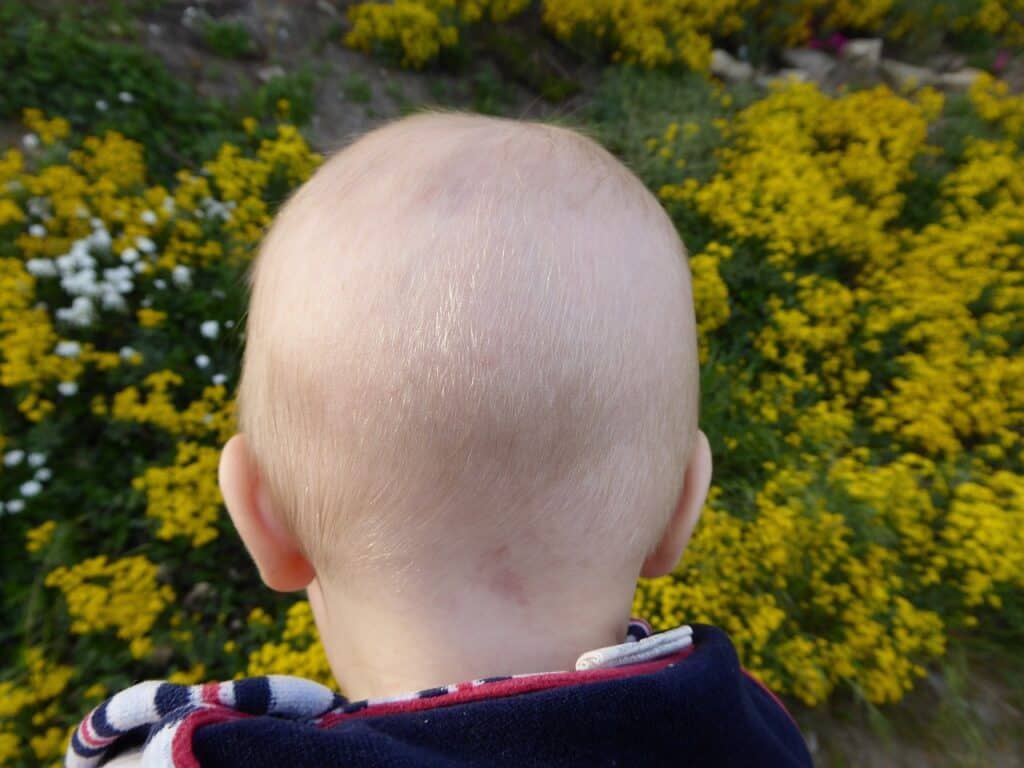
Hair loss in babies is a common occurrence that many parents may experience. It is normal for babies to lose hair during their first few months of life, and it is usually nothing to worry about. In fact, it is a natural part of the hair growth cycle.
Babies are born with a fine, soft hair called lanugo. This hair is shed within the first few weeks of life and is replaced by vellus hair, which is also soft and fine. Over time, vellus hair is replaced by terminal hair, which is thicker and coarser.
Between the ages of 3 and 6 months, many babies experience a period of hair loss known as telogen effluvium. During this time, the hair follicles enter a resting phase and the hair falls out.
This is a normal part of the hair growth cycle and is not usually a cause for concern.
In some cases, however, hair loss in babies can be a sign of a more serious condition, such as alopecia. Alopecia is a condition in which the immune system attacks the hair follicles, causing hair loss. If you are concerned about your baby’s hair loss, it is important to speak to your pediatrician.
Overall, hair loss in babies is a normal part of the hair growth cycle and is not usually a cause for concern. However, if you are worried about your baby’s hair loss, it is always best to speak to your pediatrician to rule out any underlying conditions.
6. Baby Hair Care
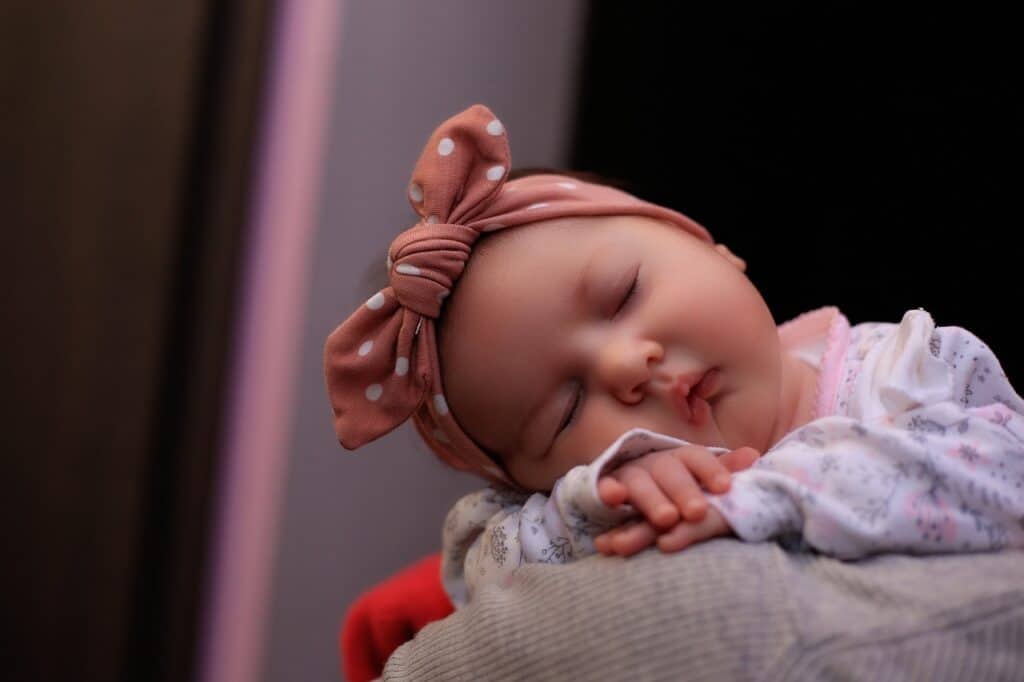
When it comes to taking care of baby hair, it’s important to keep things simple and gentle. Baby hair is delicate and can be easily damaged by harsh products or rough handling.
Here are some tips for keeping your baby’s hair healthy and happy:
Brushing and Combing
It’s important to be gentle when brushing or combing your baby’s hair. Use a soft-bristled brush or a wide-toothed comb to avoid pulling or tugging on the hair.
Start at the ends and work your way up to the roots, being careful not to yank or tear any tangles.
Shampooing
Babies don’t need to be shampooed every day, and in fact, too much shampooing can strip the hair of its natural oils. Use a mild, tear-free baby shampoo and lather gently, taking care not to get any soap in your baby’s eyes. Rinse thoroughly with warm water and pat dry with a soft towel.
Oils and Detangling
If your baby’s hair is particularly dry or tangled, you can use a small amount of coconut oil or another gentle oil to help detangle and moisturize. Apply a small amount to the ends of the hair and work your way up, being careful not to use too much.
Overall
Overall, baby hair care is all about being gentle and using products that are designed for delicate skin and hair. Keep things simple and avoid using too many products or harsh chemicals. With a little bit of care and attention, your baby’s hair will be healthy and beautiful.
7. Potential Issues and Solutions
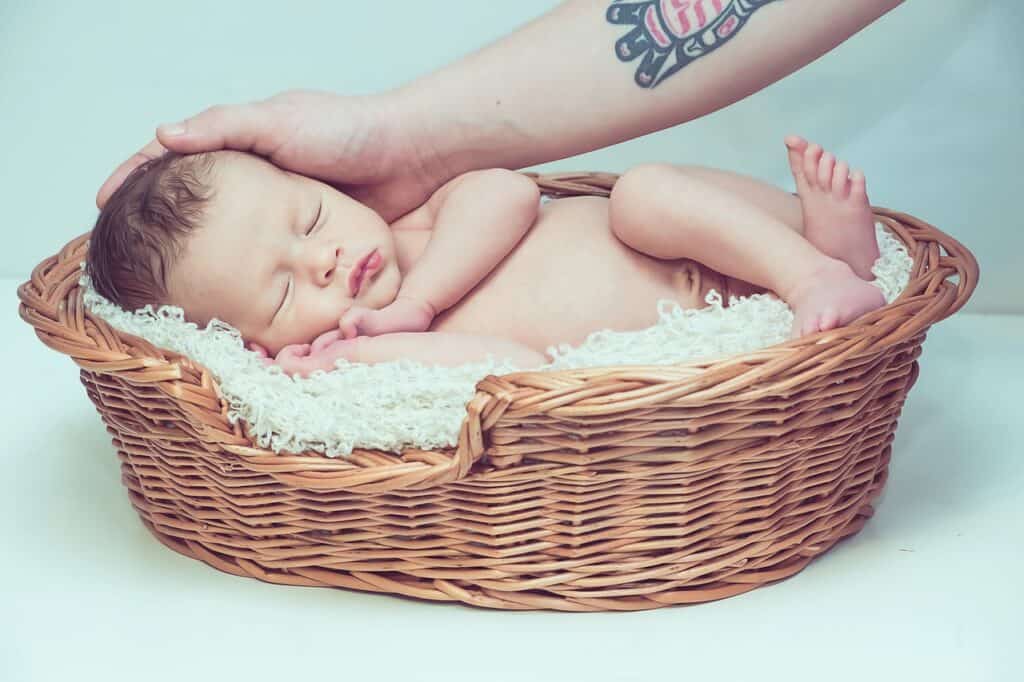
As babies grow, their hair texture may change, but it is not uncommon for them to experience some issues related to their hair. Here are some potential issues and solutions to consider:
Cradle Cap
Cradle cap is a common condition that affects many babies. It is characterized by scaly patches on the scalp, which can be itchy and uncomfortable. While cradle cap is not harmful, it can be unsightly and may cause concern for parents.
To help manage the cradle cap, parents can try washing the baby’s scalp with a mild baby shampoo and using a soft brush to gently massage the scalp. In some cases, a medicated shampoo may be prescribed by a pediatrician.
Tangles
Babies with longer hair may experience tangles, which can make combing and brushing difficult. To prevent tangles, parents can try using a detangling spray or conditioner and combing the hair in sections, starting at the ends and working their way up.
Seborrheic Dermatitis
Seborrheic dermatitis is a common skin condition that can affect the scalp, causing redness, scaling, and itching. While it can be uncomfortable for babies, it is not harmful.
To manage seborrheic dermatitis, parents can try washing the baby’s scalp with a mild baby shampoo and using a soft brush to gently massage the scalp. In some cases, a medicated shampoo or cream may be prescribed by a pediatrician.
Making Baby Hair Grow
It is important to note that there are no guaranteed ways to make baby hair grow faster or thicker. However, ensuring that the baby is getting proper nutrition and avoiding harsh chemicals or heat styling can help promote healthy hair growth.
In summary, while some issues related to baby hair may arise, there are solutions available to help manage them. Parents can take steps to promote healthy hair growth and manage any conditions that may arise.
8. Influence of Hairstyles and Accessories
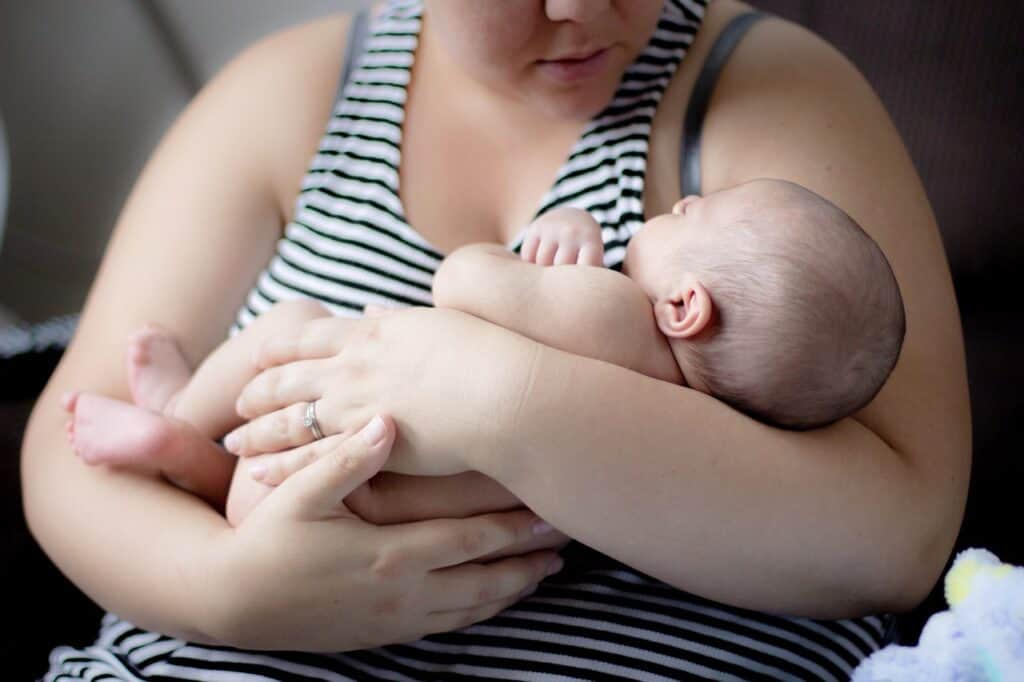
The way parents style their baby’s hair can have an impact on the texture of their hair. Tight hairstyles such as braids, cornrows, and buns can put stress on the hair follicles, leading to hair loss and damage.
Additionally, hair accessories such as elastics, clips, and headbands can also cause damage to the hair if they are too tight or used too frequently.
Regular haircuts can help to maintain healthy hair growth and prevent split ends. It is recommended to get a baby’s first haircut between 8 and 12 months of age.
This can help to promote healthy hair growth and prevent tangling.
Ponytails are a popular hairstyle for babies, but they can also cause damage to the hair. If the ponytail is too tight, it can cause stress on the hair follicles and lead to hair loss.
It is recommended to use soft hair ties and avoid pulling the hair too tightly.
Headbands are a popular accessory for baby girls, but they can also cause damage to the hair if they are too tight. It is recommended to use soft headbands and avoid using them too frequently.
Friction can also impact the texture of a baby’s hair. Tummy time, when a baby is placed on their stomach to play, can cause friction on the hair and lead to hair loss.
It is recommended to use a soft blanket or towel to cushion the baby’s head during tummy time.
In summary, the way parents style their baby’s hair can have an impact on the texture of their hair. It is recommended to use soft hair ties and headbands, avoid tight hairstyles, and get regular haircuts to maintain healthy hair growth.
9. When to Consult a Pediatrician
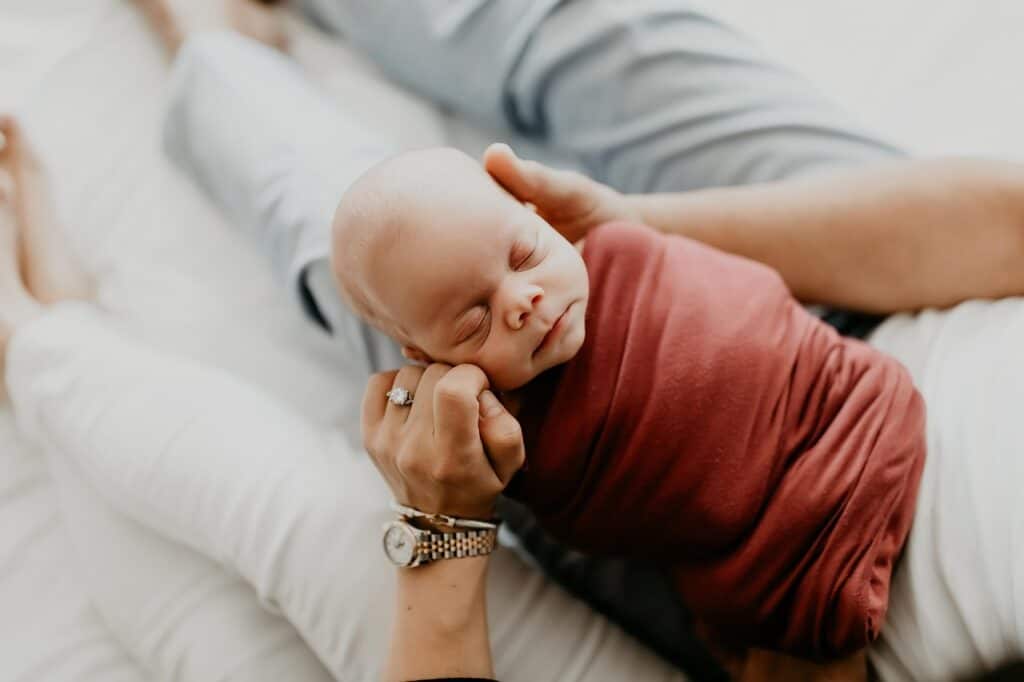
While changes in baby hair texture are a normal part of development, there are some cases where it may be necessary to consult a pediatrician. Here are some situations where a visit to the doctor may be warranted:
Hair Loss
If a baby is experiencing significant hair loss, it may be a sign of an underlying medical condition. Some possible causes of hair loss in babies include alopecia areata, ringworm, and trichotillomania.
If a baby is losing hair in patches or experiencing bald spots, it is important to consult a pediatrician to rule out any underlying health issues.
Cradle Cap
Cradle cap is a common condition that causes scaly patches on a baby’s scalp. While it is usually harmless, it can be unsightly and uncomfortable for the baby.
In some cases, cradle caps can become infected, which may require medical treatment. If a baby’s cradle cap is severe or does not improve with at-home treatments, it is important to consult a pediatrician.
Seborrheic Dermatitis
Seborrheic dermatitis is a skin condition that causes red, scaly patches on the scalp and other areas of the body. While it is not harmful, it can be uncomfortable for the baby and may require medical treatment.
If a baby’s seborrheic dermatitis is severe or does not improve with at-home treatments, it is important to consult a pediatrician.
In general, if a parent is concerned about their baby’s hair texture or scalp health, it is always a good idea to consult a pediatrician. They can help identify any underlying issues and provide appropriate treatment.
Related Post: How to Brush Doll Hair
Frequently Asked Questions
At what age does a baby’s hair texture typically change?
Babies’ hair texture can change at any time, but it is most common for it to change between six months and two years of age. During this time, the texture may become curlier, straighter, or thicker.
Is it common for babies to have two different hair textures?
Yes, it is common for babies to have two different hair textures. This can happen when a baby’s hair is growing in, and the new hair has a different texture than the old hair. It can also happen when a baby’s hair is growing in different areas of their head.
Can a child’s hair texture change as they grow?
Yes, a child’s hair texture can change as they grow. It is common for a child’s hair to become thicker and coarser as they get older. Hormonal changes during puberty can also affect a child’s hair texture.
When does a baby’s hair grow thicker?
Babies’ hair typically grows thicker between six months and two years of age. During this time, the hair follicles are maturing and producing thicker, stronger hair.
What are some baby hair care products to use?
Baby hair care products should be gentle and free of harsh chemicals. Some recommended products include baby shampoo, conditioner, and detangler. It is also important to use a soft brush or comb to avoid damaging the baby’s delicate scalp.
How can I determine my baby’s hair texture?
To determine a baby’s hair texture, examine the hair closely and feel the texture with your fingers. Hair can be classified as straight, wavy, curly, or coily. It is also important to consider the thickness and density of the hair.

Iesha is a loving mother of 2 beautiful children. She’s an active parent who enjoys indoor and outdoor adventures with her family. Her mission is to share practical and realistic parenting advice to help the parenting community becoming stronger.
